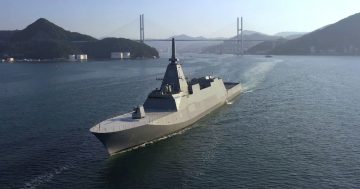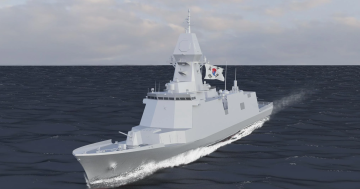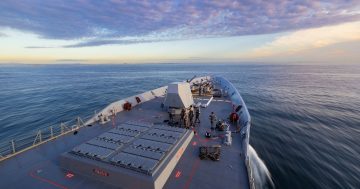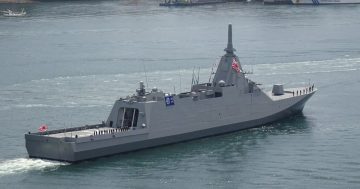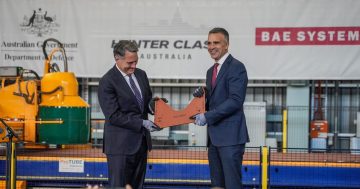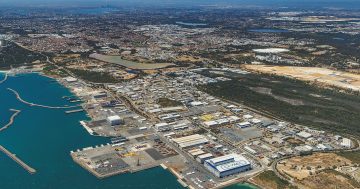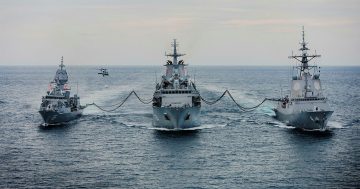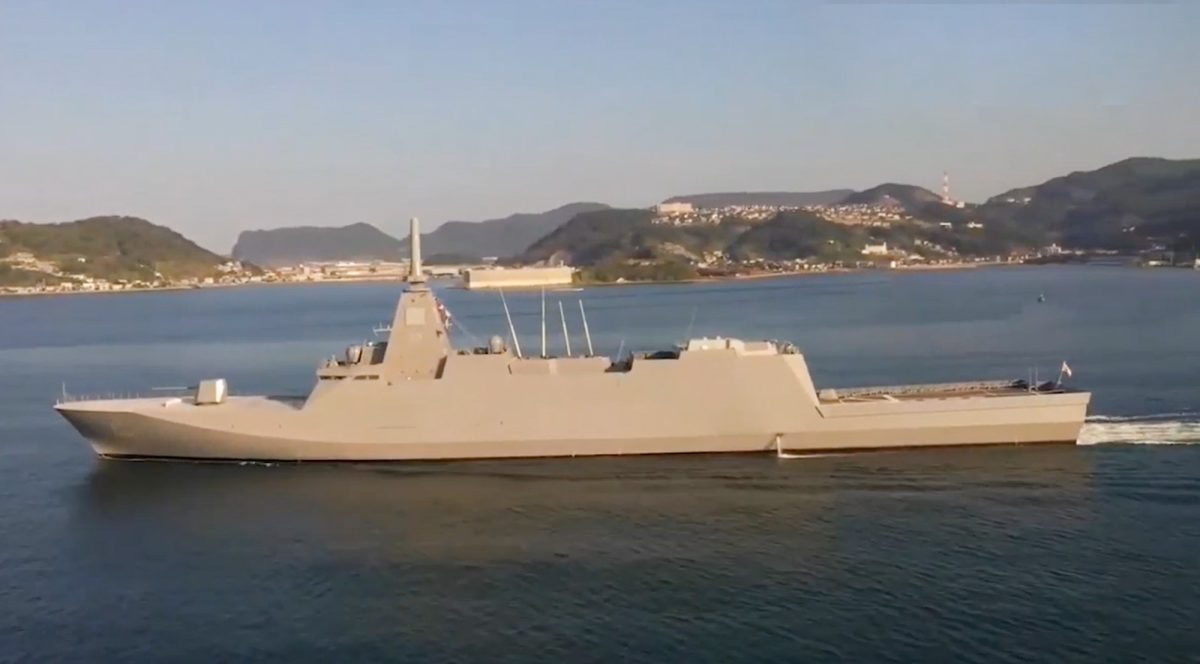
A Mogami-class frigate built by Mitsubishi heavy Industries for the Japanese Maritime Self-Defense Force. Image: Screenshot.
The Federal Government has announced that the candidate designs for the Royal Australian Navy’s new general purpose frigate have been shortlisted to two.
The government says proposals for the Mogami-class design by Japan’s Mitsubishi Heavy Industries (MHI) and Germany’s Thyssenkrupp Marine Systems (TKMS) MEKO A-200 design will be developed for further consideration ahead of the selection of a winner in 2025.
Other proposals were submitted Spain’s Navantia and two companies from South Korea – Hanwha Ocean and Hyundai.
“The government acknowledges the high-quality proposals put forward by each of the five exemplar shipbuilders,” a statement reads. “The proposals reflect the sophistication and maturity of the companies involved and the defence industries of Germany, Japan, the Republic of Korea, and Spain.
“The decision to progress the Mogami and MEKO A-200 designs was informed by a rigorous evaluation by Defence that identified these designs as likely to best meet Australia’s capability requirements.”
The Project SEA 3000 general purpose frigate (GPF) will replace the navy’s current Anzac-class ships in service, and augment the current Hobart-class destroyers and the forthcoming Hunter-class frigates from 2032.
There are currently six Anzac ships in service from the eight built for the RAN. The first-of-class vessel HMAS Anzac was decommissioned earlier this year, while another vessel has reportedly been removed from service pending decommissioning in 2025.
The navy has a requirement for up to nine GPFs, with the tender saying the preferred design be in service and require as few changes as possible to meet Australia’s requirements.
What this means exactly has not been publicly defined, but the ability to fully meet and comply with Australian requirements won’t be a straightforward process, regardless of where the design is from.
The requirement from the new vessels was born from the Albanese Government’s Naval Combat Fleet Review, which was delivered to the government by a panel in September 2023.
The review – authored by retired US Navy Vice-Admiral William Hilarides, former Secretary of the Department of Finance Rosemary Huxtable and former Commander Australian Fleet Vice Admiral Stuart Mayer – was commissioned as a result of a recommendation made in the 2022 Defence Strategic Review (DSR).
The first three GPFs will be built offshore, while follow-on ships will be built at the Henderson Defence Precinct in Western Australia from increasing levels of Australian-manufactured structures and components.
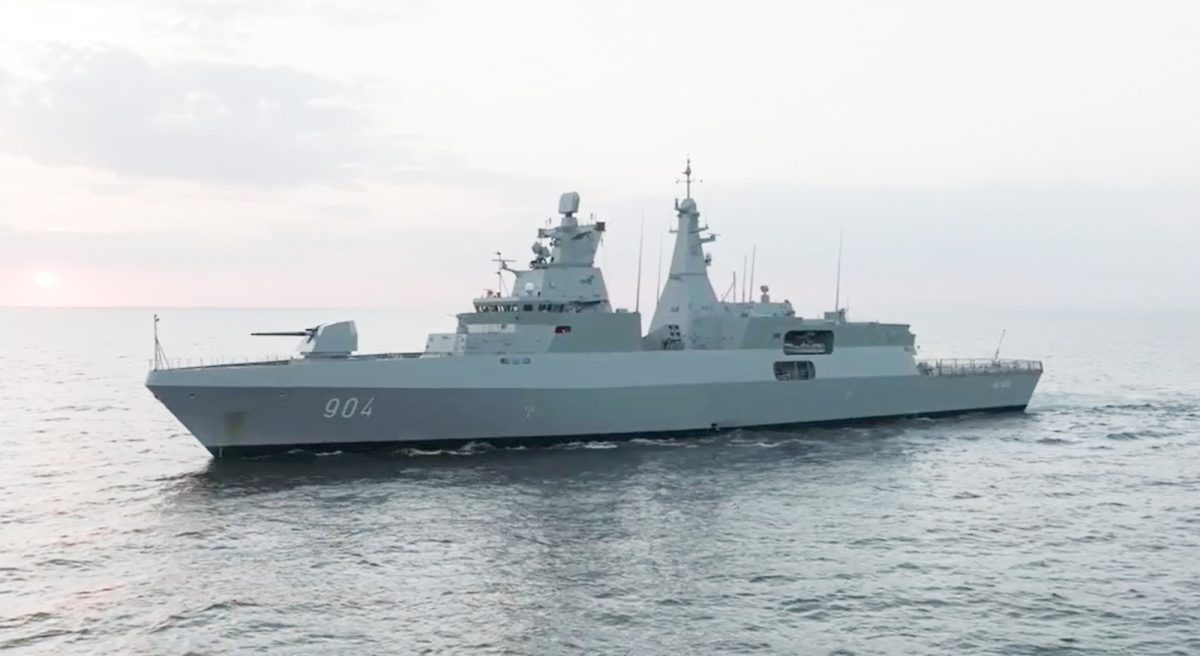
Germany’s TKMS is building the MEKO A-200 frigate for the German Navy. Image: Screenshot.
Defence Minister Richard Marles said the government was committed to ensuring the navy was equipped with a larger and more lethal surface combatant fleet, and that the general purpose frigate program was a key aspect of this.
“Navy’s future fleet will constitute the largest number of surface combatants since World War Two, and will be integral to ensuring the safety and security of our sea lines of communication and maritime trade,” he said.
“We extend our gratitude to Germany, Japan, the Republic of Korea, and Spain for their efforts in support of this activity. We view their commitment to this process as a reflection of the strong relationships between our nations.
“We acknowledge the extraordinary achievement of each of these companies in manufacturing platforms recognised by the Independent Analysis Team as the best of their kind.”
Minister for Defence Industry and Capability Delivery Pat Conroy said the SEA 3000 program was moving at pace to ensure the navy was equipped with the ships it needed.
“The rapid, accelerated work of the general purpose frigate program to date underpins the next stages of the acquisition to ensure this capability is delivered this decade, providing our navy with enhanced anti-submarine and anti-air warfare capabilities,” he said.


